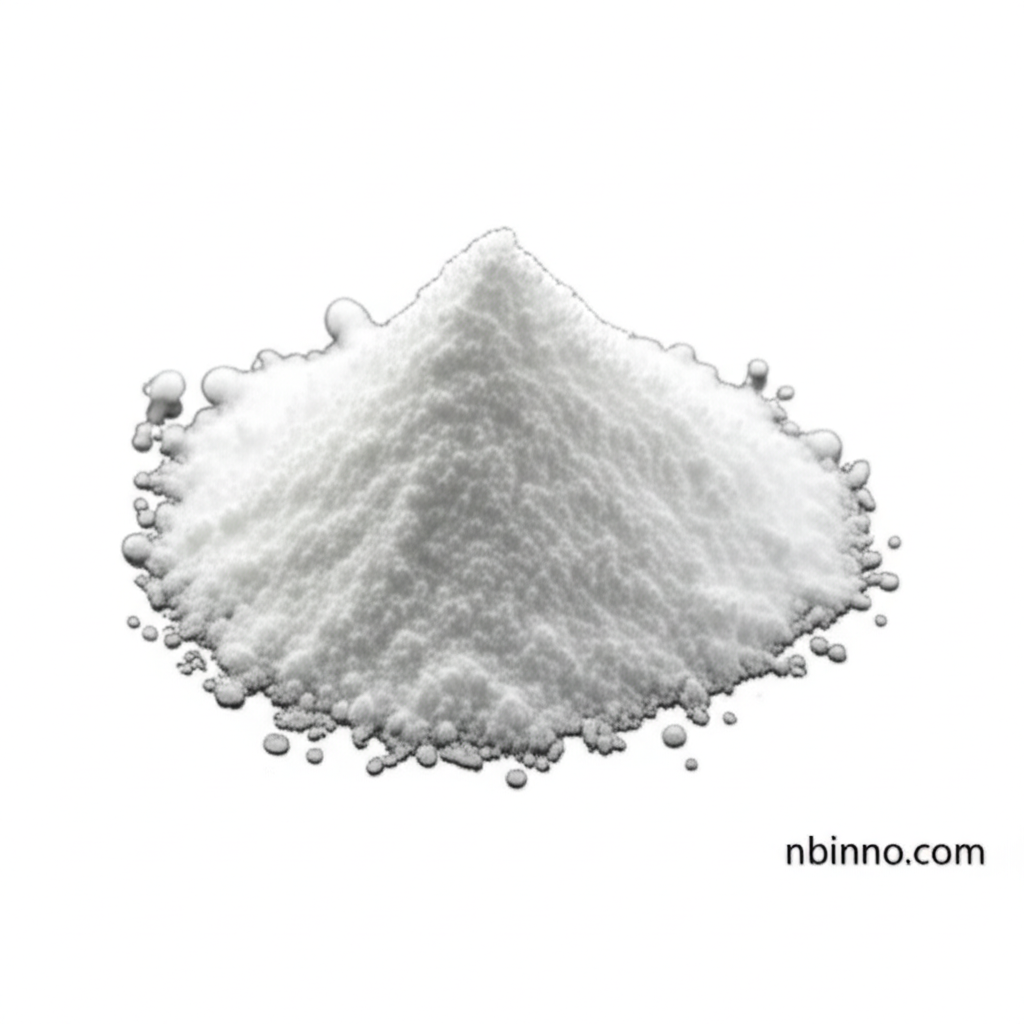2-Bromo-3-fluoro-6-methylpyridine: A Versatile Intermediate for Pharmaceutical and Chemical Synthesis
Explore the chemical versatility and diverse applications of 2-Bromo-3-fluoro-6-methylpyridine in advanced synthesis.
Get a Quote & SampleProduct Core Value

2-Bromo-3-fluoro-6-methylpyridine
This compound is a critical intermediate in organic synthesis, widely utilized in the pharmaceutical and agrochemical industries. Its unique structure, featuring bromine, fluorine, and a methyl group on a pyridine ring, makes it highly reactive for various chemical transformations, including cross-coupling reactions like Suzuki-Miyaura coupling.
- Discover the utility of 2-bromo-3-fluoro-6-picoline pharmaceutical intermediate in creating novel drug candidates.
- Learn about the synthesis of complex molecules using this versatile organic synthesis intermediate.
- Explore its application as a CYP1A2 inhibitor, impacting drug metabolism and interactions.
- Understand the benefits of halogenated pyridine derivatives in advanced chemical research and development.
Key Advantages
Enhanced Reactivity
The presence of bromine and fluorine substituents provides strategic points for chemical modification, enabling efficient cross-coupling reactions and building complex molecular architectures. This makes it an excellent choice for custom synthesis of fine chemicals.
Pharmaceutical Development
Its role as a 2-bromo-3-fluoro-6-methylpyridine supplier for pharmaceutical intermediates is crucial, aiding in the development of new therapeutic agents for various diseases. Understanding its properties helps in designing more effective drug molecules.
Agrochemical Innovation
This compound is a key building block in the synthesis of advanced agrochemicals, contributing to the development of more potent and selective pesticides and herbicides. Its versatility supports innovation in crop protection.
Key Applications
Drug Discovery
As a vital organic synthesis intermediate, it facilitates the creation of novel pharmaceutical compounds, including potential kinase inhibitors and other therapeutic agents. Its use in drug discovery significantly accelerates the development pipeline.
Agrochemicals
Its structure is valuable for synthesizing next-generation agrochemicals, offering improved efficacy and environmental profiles in crop protection solutions.
Material Science
This compound serves as a building block for advanced materials, including organic semiconductors and light-emitting materials, driving innovation in electronic and display technologies.
Chemical Research
Researchers leverage its predictable reactivity for various chemical transformations, making it an indispensable tool for academic and industrial R&D exploring new chemical entities.
